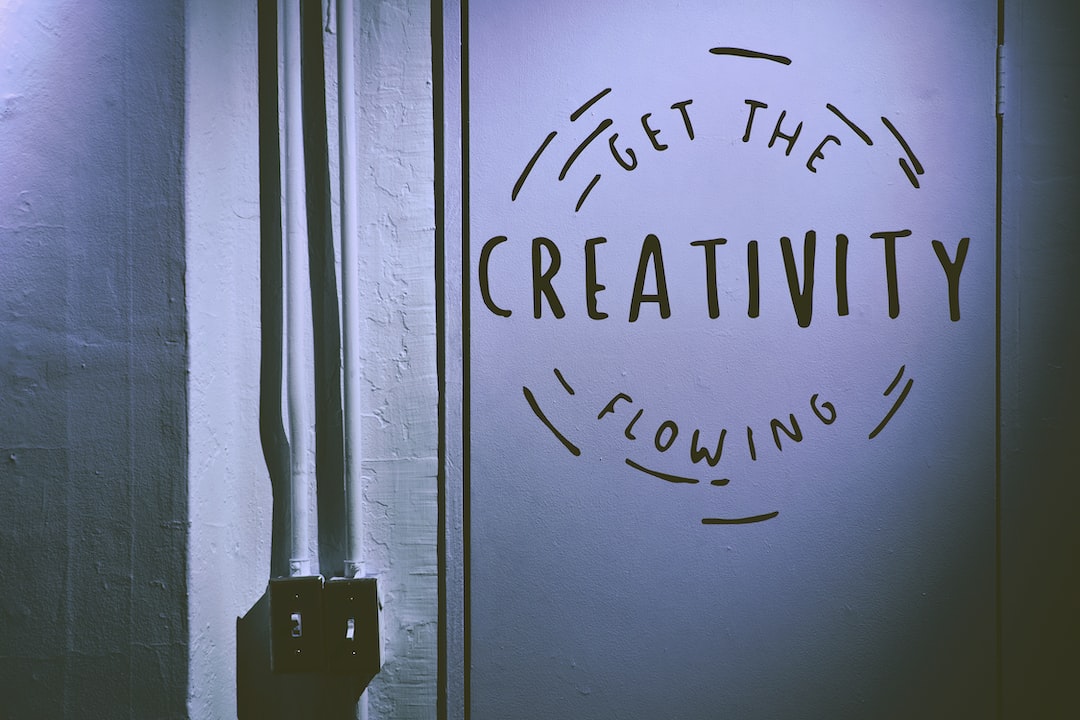Designing for Virtual Reality: Transcending Physical Limitations
Virtual Reality (VR) has revolutionized the way we experience digital content. It is a technology that transcends physical limitations and enables users to immerse themselves in a virtual world that feels incredibly real. Designing for VR is a unique challenge that requires an understanding of how this medium works and how to create experiences that take full advantage of its capabilities. In this blog post, we will explore the concepts behind designing for VR and how it can push the boundaries of what is possible.
One of the key aspects of VR design is creating a sense of presence for the user. Presence refers to the feeling of being in the virtual world and experiencing it as if it were real. To achieve this, designers must consider factors such as visual and auditory cues, user interaction, and the overall environment. For example, the visual fidelity of VR content must be high enough to create a believable world, while the sound design must be immersive and accurate. Additionally, the user’s interaction with the virtual environment should be intuitive and natural, allowing them to navigate and interact with objects as they would in the physical world.
Another important aspect of designing for VR is understanding the user’s comfort and safety. VR can be an intense experience, and certain design choices can have an impact on the user’s comfort level. For example, motion sickness is a common issue in VR, so designers must carefully consider factors such as movement speed, acceleration, and camera angles to minimize the risk. Furthermore, the design of user interfaces and menus should be clear and easy to understand, reducing the cognitive load on the user and enhancing their overall experience.
One of the exciting possibilities that VR presents is the ability to transcend physical limitations. VR can transport users to places they could never visit due to physical, financial, or time constraints. Whether it’s exploring the depths of the ocean, visiting historic landmarks, or even traveling to distant planets, VR allows us to experience these places as if we were actually there. This opens up incredible opportunities for education, entertainment, and cultural exchange. Designing for VR in these scenarios requires meticulous attention to detail and a commitment to creating immersive and accurate virtual environments.
Furthermore, VR can also be a powerful tool for therapeutic purposes. By creating virtual environments that simulate real-life situations, VR can help individuals face their fears or phobias in a controlled and safe environment. For example, someone with a fear of heights can gradually expose themselves to virtual heights, allowing them to overcome their fear at their own pace. Designing for therapeutic VR requires a deep understanding of the specific phobia or condition being addressed and tailoring the virtual experience accordingly.
In addition to exploring new worlds and therapeutic applications, VR can also enhance existing physical experiences. For example, VR can be used to provide virtual tours of real-world locations, enhancing the visitor’s experience and providing additional information and context. Similarly, VR can be integrated into various industries such as architecture, engineering, and training, allowing professionals to visualize and interact with designs and concepts in a virtual environment. Designing for VR in these contexts requires a balance between accurately representing the physical world and taking advantage of the virtual medium’s capabilities.
As VR technology continues to advance, so does the need for skilled and knowledgeable designers. The design principles for VR are still evolving, and there is much to learn about creating the best possible experiences for users. However, with a deep understanding of presence, comfort, and the potential of VR to transcend physical limitations, designers can push the boundaries of what is possible and create experiences that are truly transformative.
In conclusion, designing for Virtual Reality goes beyond traditional design principles. It requires a deep understanding of presence, comfort, and the potential of VR to transcend physical limitations. By creating immersive and accurate virtual environments, designers can transport users to places they could never visit and provide therapeutic experiences to overcome fears and phobias. Additionally, VR can enhance existing physical experiences and provide new opportunities for education, entertainment, and cultural exchange. As VR technology continues to evolve, designers have an exciting and challenging future ahead, shaping the way we interact with digital content.
